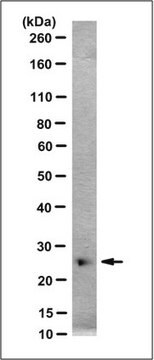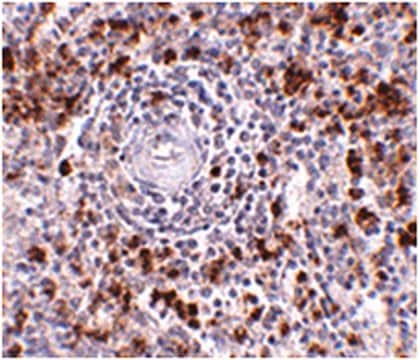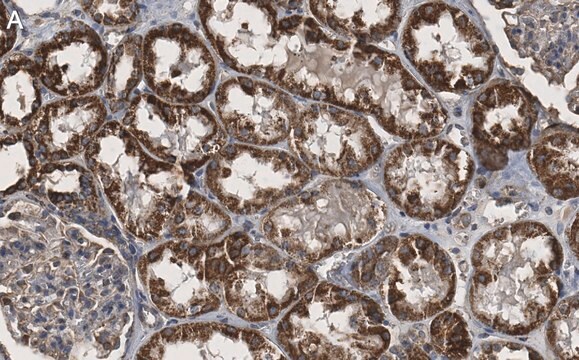SRP0675
IL-17A
recombinant, expressed in E. coli
Synonym(s):
CTLA8, Cytotoxic T-Lymphocyte-Associated Antigen 8, IL-17, IL17, Interleukin-17A
About This Item
Recommended Products
recombinant
expressed in E. coli
form
frozen liquid
mol wt
dimer 35 kDa
monomer 17.5 kDa
UniProt accession no.
shipped in
dry ice
storage temp.
−70°C
Gene Information
human ... IL17A(3605)
General description
Physical form
Storage Class Code
12 - Non Combustible Liquids
WGK
nwg
Flash Point(F)
Not applicable
Flash Point(C)
Not applicable
Regulatory Listings
Regulatory Listings are mainly provided for chemical products. Only limited information can be provided here for non-chemical products. No entry means none of the components are listed. It is the user’s obligation to ensure the safe and legal use of the product.
JAN Code
SRP0675-5UG:
SRP0675-25UG:
Choose from one of the most recent versions:
Certificates of Analysis (COA)
Don't see the Right Version?
If you require a particular version, you can look up a specific certificate by the Lot or Batch number.
Already Own This Product?
Find documentation for the products that you have recently purchased in the Document Library.
Our team of scientists has experience in all areas of research including Life Science, Material Science, Chemical Synthesis, Chromatography, Analytical and many others.
Contact Technical Service








